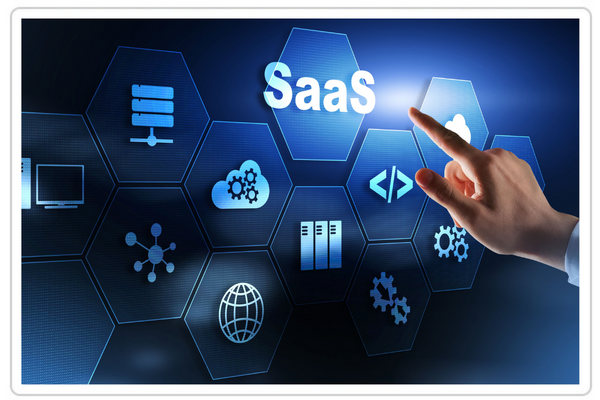SaaS vs On premise model

Model On premise for local software, installed directly on the servers of the client's server. The opposite is the SaaS model, which is made available to customers via the Internet. The choice between models depends on the individual needs of a given company.
Currently, many enterprises are switching to the SaaS model, due to the increased and convenience in the application. Requires less financial outlays in countries with the on premise model and use in the use of software. However, the traditional way of delivering software is still chosen because of data control and security.
SaaS model
The SaaS model provides assistance by helping users to meet the current needs of the company. It is characterized by the speed of operation, because it does not require installation on a special server. It is enough to connect the Internet access, thanks to which there is no need to prepare the infrastructure for the infrastructure. So it does not require any customer service support. The app can be used from any device, location-based service. The aspect support feature is available for a subscription service that can be tailored to the current user and business needs. There are several recurring payment options to choose from, such as a month, half a year, a year. In this model, the company providing the software is helpful, so easy access to news and communication. The care of the company providing the software can also serve users who benefit from competitiveness on the market thanks to access to modern technology. The Saas model is most often chosen by small and medium-sized enterprises that benefit from the additional one-time fees that the on premise model requires. Any startups or companies with low standards for IT specialization can also become a regular version of the software. Thanks to mobile access to services, the SaaS model also supports the operation of activities from any device. This solution can be beneficial for large companies that provide immediate access to new features and updates.
On premise model
Local application deployment has many advantages, including: It gives you full control over your data and infrastructure. Companies that operate confidential functions often decide on a model on assumption, precisely because of data security. Only employees of a given company have access to additional information, which minimizes the risk of cyber attacks. They use server servers, in which case you do not have to worry about additional technical problems in the publicly available version of the software. Applications that have been implemented as part of the company's infrastructure can be operated without access to the Internet. This can be important for businesses that find it particularly difficult to incorporate a location where internet access is low. An on-premises model that allows the application to be deployed to specific customer needs, which will contribute to increased efficiency. In addition, the customer has the option of choosing which version of the software to use, as they are not automatically deployed. In the long run, despite the need to invest time and money to use the application on premise, the company can make a subscription fee. If you add up the extra costs you spend on a renewed subscription, you'll find that the one-time fee has been price-spent. However, an obstacle that can turn into the client's hardware resources before the introduction of software in the on premise model.
The final choice, of course, depends on the individual needs, capabilities and capabilities of a given company. For a healthcare, financial and government enterprise to choose a local model for security and control over details. In the case of the Smartload application, it decided that users use the SaaS model by purchasing a subscription periodically. However, if you are interested in implementing the application in your company or you are interested in additional functions, please contact us!
Also read: The impact of artificial intelligence on the TSL industry